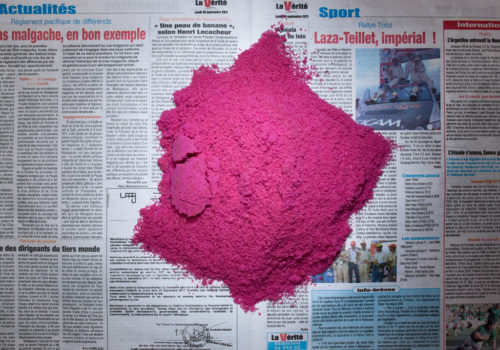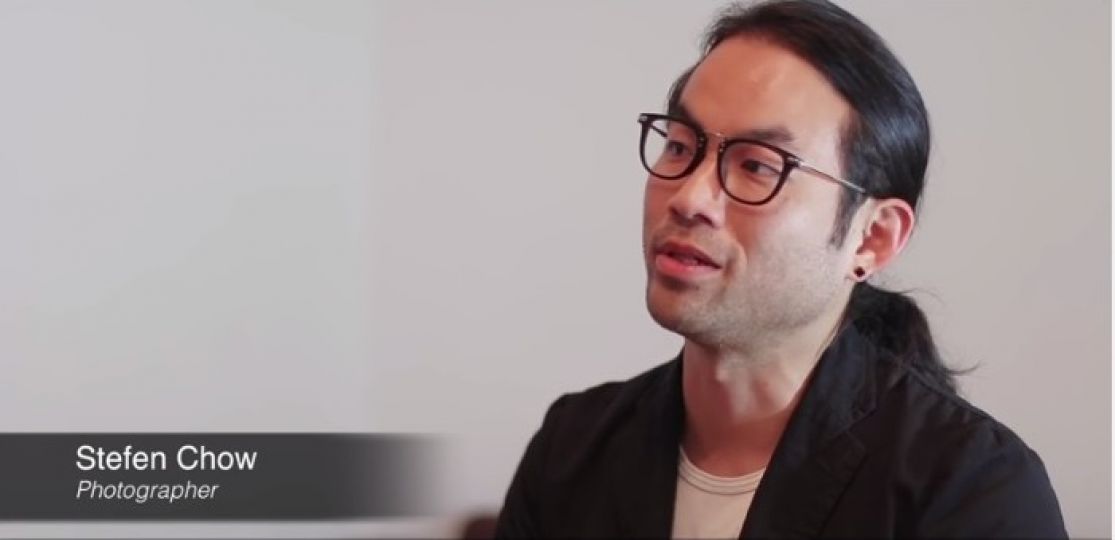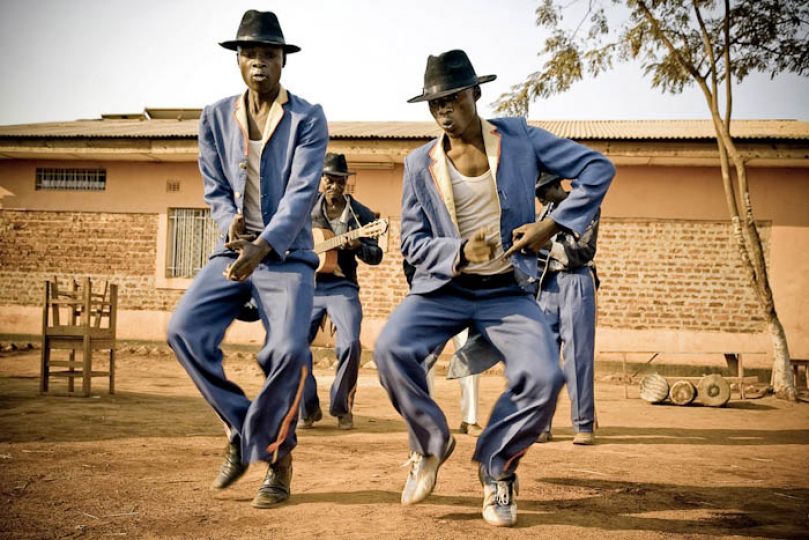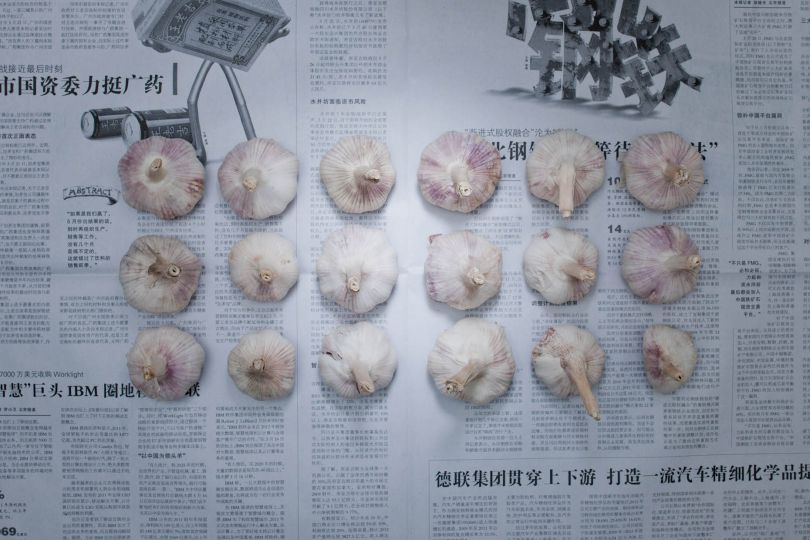The Poverty Line is a collaboration between Stefen Chow and Hui-Yi Lin, which began in China in 2010 and has since expanded to 28 countries across 6 continents. The Poverty Line uses the universal lens of food to examine the choices faced by those living at the poverty line.
Every nation’s poverty line is influenced by socio-economic structures, political agendas, and societal perceptions. For developed countries, where there is a relatively up-to-date household consumption data available, the average daily amount that a person at the poverty line would spend on food was used. For developing countries, the average daily amount that a person living at the poverty line earns or spends was used. The monetary amounts used for the countries covered range from USD 0.45 in Nepal in 2011 to USD 10.26 in Norway in 2014.
The food items are skillfully arranged atop a page of a local newspaper. The text, photos, and advertisements in the newspapers remain partially visible and legible depending upon how much of a given item can be purchased at the poverty line in that country.
Captured directly from above, the resultant images provide a powerful and thought-provoking visual time capsule of myriad issues in contemporary society, ranging from social and educational inequality, limited social services, and poor nutrition.
By 2030, the UN aims to eradicate extreme poverty (USD 1.25 per day or less) and reduce the proportion of people defined as poor by their own countries by half. However, since the project’s inception, the global GINI coefficient, which measures inequality, has risen from 88.1% in 2010 to 91.5% in 2015.
Individually, these compelling images show us the basic questions faced by the millions of people worldwide living at the poverty line. Taken as a series, this project allows us to begin to trace the connections and parallels, but also the differences, between the circumstances of those living at the threshold of poverty, no matter where in the world they are.




















